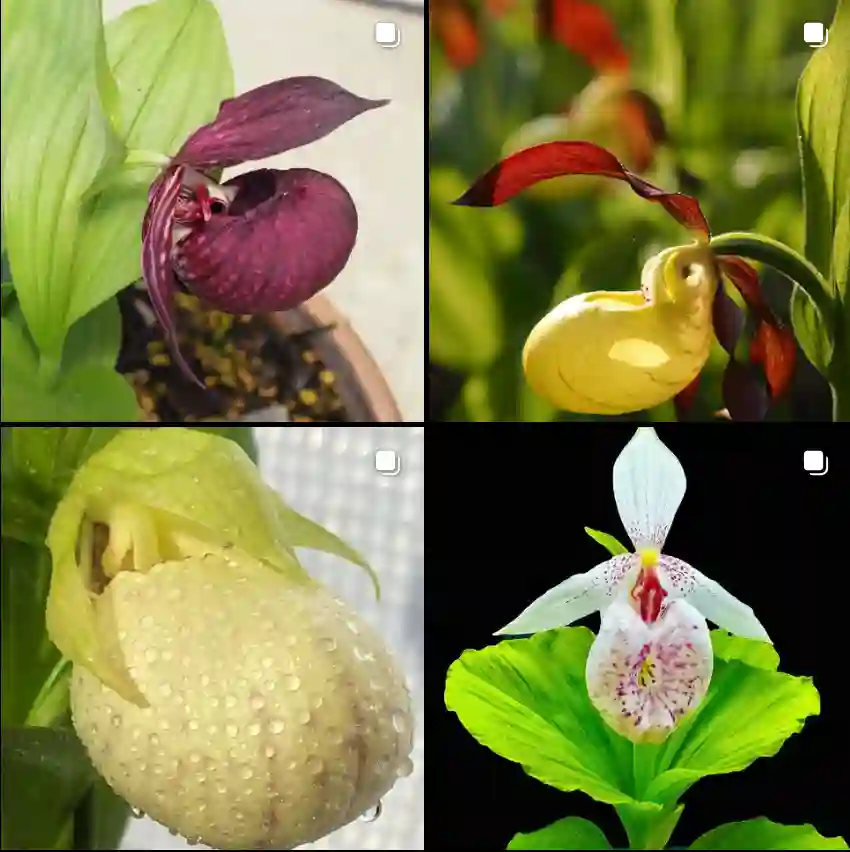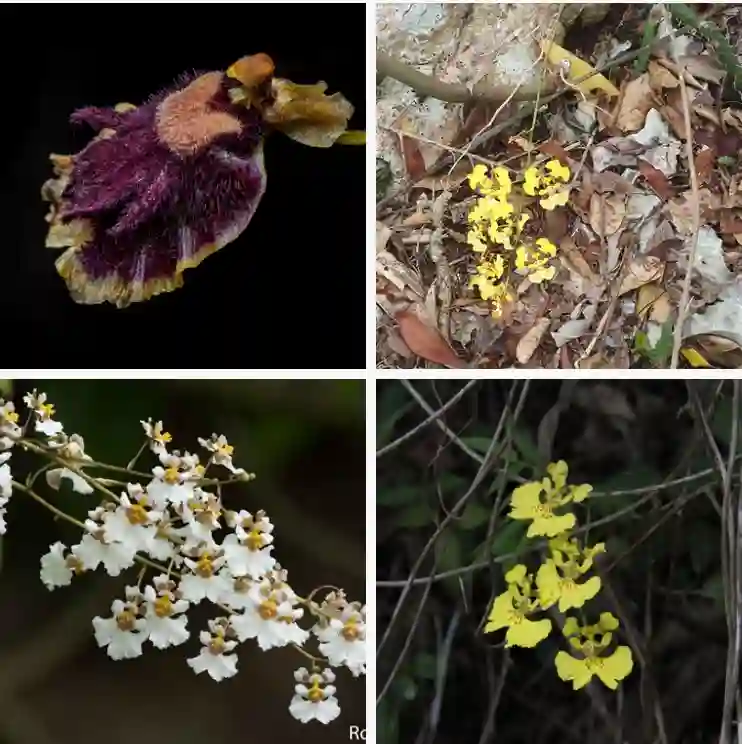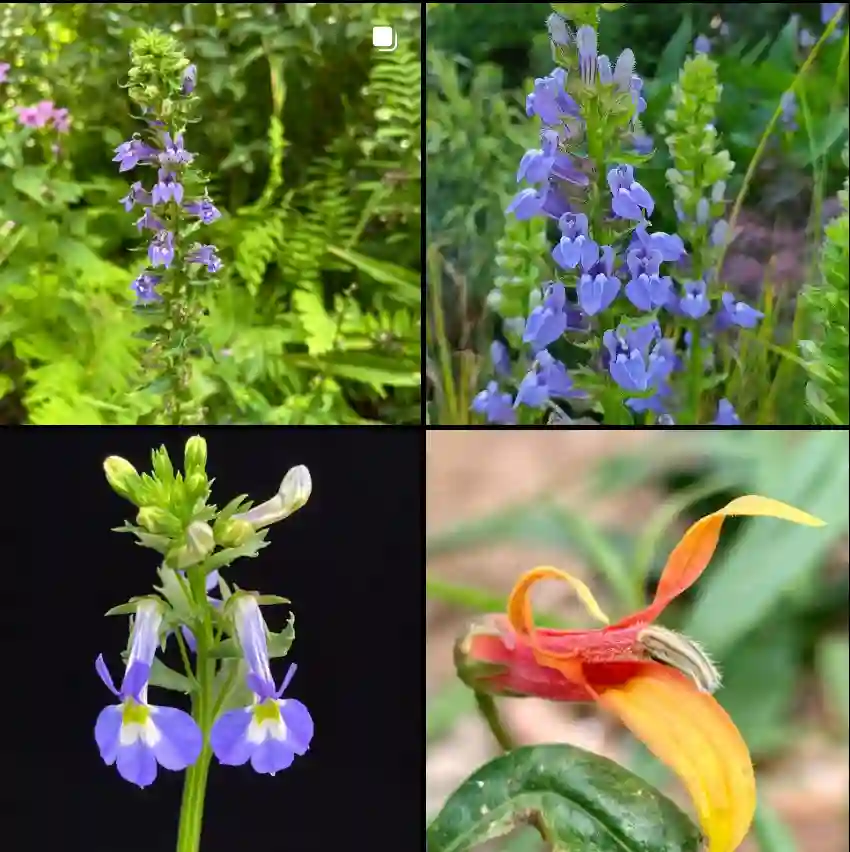Miltoniopsis: My Orchid Obsession
I, Ferb Vu, have a confession. I’m utterly captivated by the Miltoniopsis from the Orchidaceae family. These exquisite blooms, often called “Pansy Orchids” due to their striking resemblance to the garden flower, have completely stolen my heart. Their vibrant colors, intricate patterns, and delicate fragrance make them a true marvel of nature.
Perhaps it’s their ephemeral beauty that draws me in. Unlike some orchids that bloom for months, Miltoniopsis flowers last for a few fleeting weeks. This makes their presence all the more precious, a reminder to appreciate the beauty of the present moment.
A Closer Look at Miltoniopsis
Miltoniopsis orchids are native to the cool, cloud forests of the Andes Mountains in Colombia, Ecuador, and Peru. These epiphytes, also known as air plants, typically grow on trees, clinging to their bark for support. Their natural habitat is one of high humidity and cool temperatures, conditions that can be challenging to replicate in a home environment.
This genus comprises five recognized species:
- Miltoniopsis bismarckii: Known for its large, flat flowers in shades of white or cream with a striking mask of deep red or purple.
- Miltoniopsis phalaenopsis: Features pure white flowers with a contrasting purple lip.
- Miltoniopsis roezlii: Produces white flowers with a yellow mask and a variable lip color, ranging from white to deep purple.
- Miltoniopsis vexillaria: Distinguished by its pink flowers with a white or yellow mask and a darker pink lip.
- Miltoniopsis warscewiczii: Showcases white or cream flowers with a prominent red-purple mask and a white lip.
The Challenge of Cultivation
Cultivating Miltoniopsis can be a rewarding, albeit challenging, endeavor. These orchids are notoriously sensitive to temperature fluctuations, low humidity, and poor air circulation. They require a consistently cool and moist environment, which can be difficult to maintain, especially in warmer climates.
I’ve learned this firsthand through trial and error. My first attempt at growing Miltoniopsis ended in disappointment. The leaves became dry and brittle, and the flower buds blasted before they could open. I quickly realized that my usual orchid care routine wasn’t sufficient for these delicate beauties.
Mastering the Art of Miltoniopsis Care
Determined to succeed, I delved into extensive research, consulted experienced growers, and experimented with different techniques. Over time, I’ve managed to create a microclimate in my home that caters to the specific needs of my Miltoniopsis orchids.
Here are some key lessons I’ve learned:
- Humidity is key: Maintaining high humidity levels is crucial for Miltoniopsis. I use a humidifier, pebble trays, and frequent misting to create a humid environment.
- Temperature control: These orchids thrive in cool temperatures, ideally between 55-70°F (13-21°C). I avoid placing them near heat sources or in drafty areas.
- Proper watering: Miltoniopsis prefer consistently moist, but not soggy, conditions. I water them regularly, allowing the potting mix to dry slightly between waterings.
- Air circulation: Good air circulation is essential to prevent fungal diseases. I use a fan to ensure adequate air movement around my orchids.
- Bright, indirect light: Miltoniopsis thrive in bright, indirect light. I place them near a window with filtered sunlight.
The Rewards of Patience
Growing Miltoniopsis requires patience and dedication. But the rewards are well worth the effort. When these orchids bloom, their exquisite beauty transforms any space into a tropical paradise. Their delicate fragrance fills the air, creating a sense of tranquility and serenity.
For me, cultivating Miltoniopsis is more than just a hobby; it’s a passion. It’s a constant learning experience that has taught me the importance of patience, observation, and adapting to the needs of these extraordinary plants.
And with each new bloom, I’m reminded of the incredible resilience and beauty of the natural world.
If i die, water my plants!



